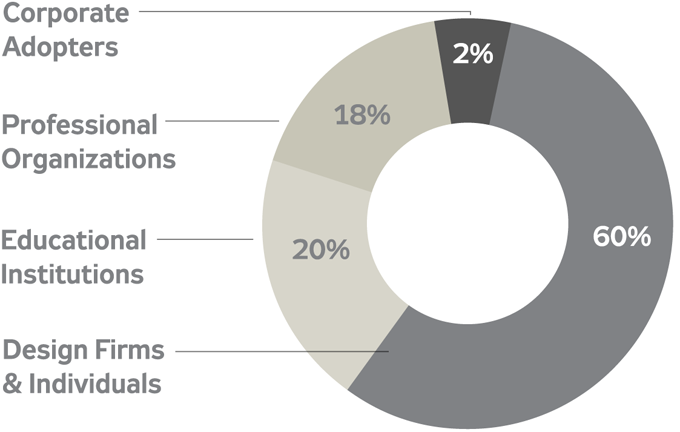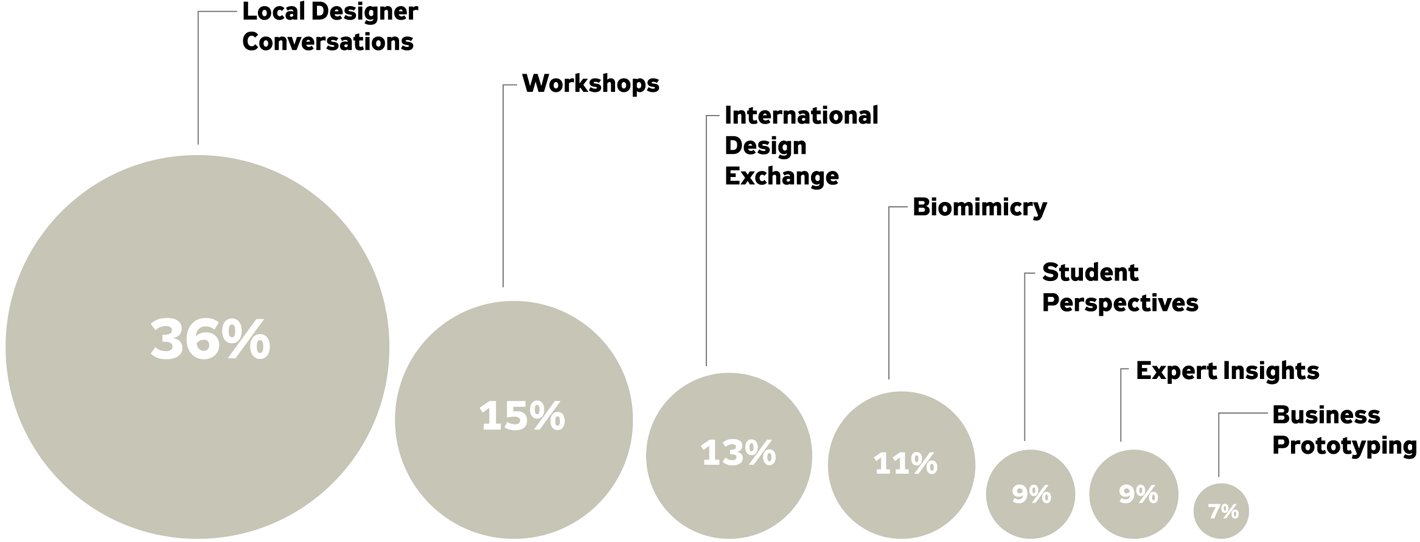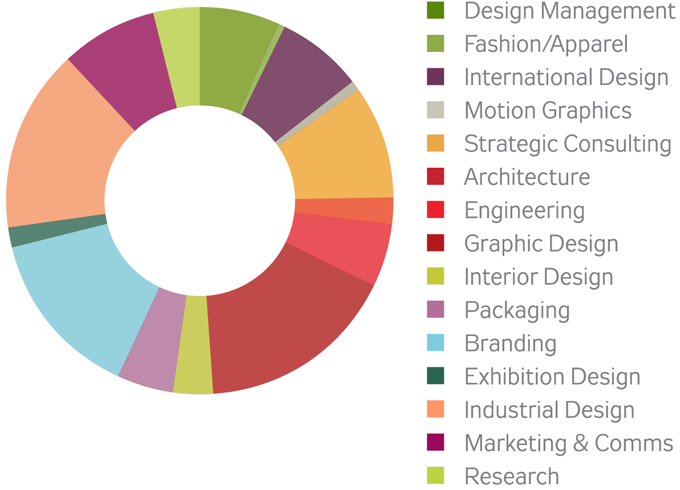Overview
The Designers Accord was created in late 2007 and dissolved in 2018. It was conducted in two phases: first as a five-year project to mainstream sustainability in the global creative community, and next as a channel to conduct selective projects.
Formed as a distributed knowledge network of designers, design firms, university art programs, and creative businesses, the Designers Accord has helped advance the conversation around the ethics, practices, and responsibilities of the creative community.
Almost half a million designers from all over the world participated in the Designers Accord. It has been featured in articles, books, exhibitions, tv, radio, and curricula on design, sustainability, and innovation.
View the infographic below for a snapshot of the Designers Accord activities and progress from 2007-2012.
Most Design Firm/Studio/Agency adopters chose to be listed on Core77 Design Directory.



